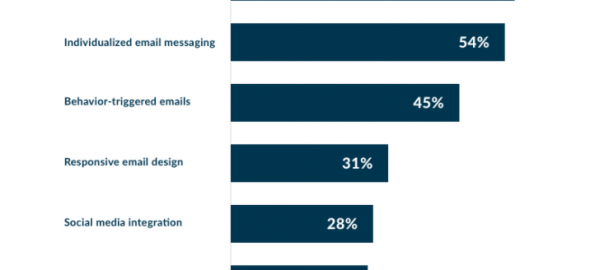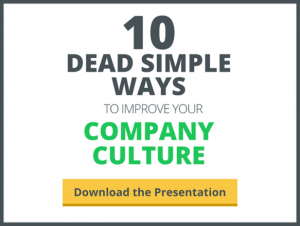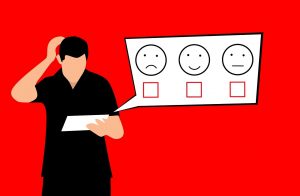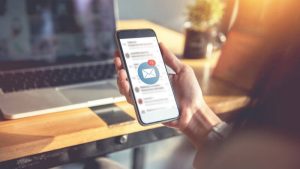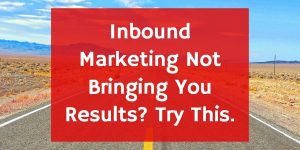Email personalization allows brands to connect with their customers and prospects in personalized and engaging ways. Consumers want to be treated as individuals and providing a personalized experience is increasingly becoming an important way to establish competitive differentiation.
When used in email, personalization increases open rates by 26% and generates a 760% increase in email revenue. Marketers are seeing the value of using personalization tactics beyond birthday or first name. In a survey by Campaign Monitor, marketers were asked about their top goals and biggest challenges for their email marketing strategies – 38% said improving email personalization was their number one goal, and 36% of marketers listed email personalization as their biggest challenge.
When markters were asked about what they felt the most effective email personalization tactics were for email marketing purposes, the top three tactics included:
- Email list segmentation – 56%
- Individualized email messages – 54%
- Behavior-triggered emails – 45%

Email List Segmentation
By narrowing email lists to targeted lists, your subscribers will find your emails more relevant and focused to their personalized preferences. Email lists can be segmented by any number of criteria such as age, geography, subscriber behavior, past purchases, frequency of purchase, and so on. An insurance company for example may segment lists by age, income, occupation, and car ownership. A retailer on the other hand may use segmentation strategies that include lifestyle interests, birthday, income, and purchase frequency.
According to DMA, marketers have found a 760% increase in email revenue from segmented campaigns. Research from Optimove found that the smaller the target group, the larger the uplift. For example, targeted campaign to groups with up to 150 customers had at least a $ 1.90 uplift per customer, while target groups of 1,500+ had an uplift of at most $ 0.50 (almost a 4:1 ratio).
Individualized Email Campaigns
Once email segmentation is in place, marketers can take personalization a step further by individualizing each email. This should go well beyond just using a contact’s first name in the the subject line. Rather brands must focus on using dynamic content that speaks to an individual’s specific pain points, past purchases, or product recommendations.
Some tactics include sending out personalized images and videos, including names or recent purchases within your email content, or sending out product focused content that only relates to certain email lists.
Behavior-Triggered Email
Triggered emails are playing an increasingly pivotal role in the success (and ROI-producing potential) of today’s email strategies. “Trigger-based email marketing campaigns can generate 4x more revenue and 18x greater profits,” according to Forrester Research. And according to the Direct Marketing Association, “Trigger-based email campaigns can be responsible for 20% or more of email marketing revenue.”
Examples of behavior-triggered emails include:
Welcome New Customers
Every business should have a welcome email to new subscribers. A welcome email should launch as soon as a new subscriber signs up to receive your updates. However, many marketers stop here and send just one initial welcome email. Consider deploying a series of welcome emails, designed to establish a relationship with newcomers and introduce them to your products and services.
This doesn’t mean send series of emails that bombard new subscribers with salesey messages describing all your latest and greatest products and services. Instead, use this as an opportunity to get to know newcomers to your brand and provide valuable content that may be of interest to them. For example, send a second welcome email reminding them of discounts, offers, or coupons you may have offered in your initial email. Send another email inviting them to fill out a profile so you can provide personalized recommendations on their interests. A third email may thank them for filling out their profile with an offer for a discount based on products in which they expressed interest.
Welcome emails can play a huge role in establishing brand loyalty early on and keep new customers engaged with your brand.
Shopping Cart Abandonment Reminders
Abandoned shopping carts are nothing new for those in ecommerce. Many consumers use a shopping cart simply to store items until they are ready to purchase. Research by Bronto Software included in-depth analysis of a consumer’s use of shopping carts and their expectations. A key finding revealed that 73% of online shoppers use the shopping cart to store items to buy later. According to the study, “This shows that for most online shoppers, some level of purchase intent remains when items are left in the cart. Eighteen percent of online shoppers plan to revisit items left in shopping cart every time they shop, revealing that for many, this is fundamental part of shopping online.”
Shopping cart reminders can be key to a final conversion, but how consumers perceive these reminders vary by age. Overall, 42% of online shoppers find cart reminders to be helpful. More than half of online shoppers aged 18-29 found cart reminders to be helpful, while seniors (those aged 65+) tended to view them as intrusive (32%) or annoying (37%).

The Bronto Software survey also found that nearly half of all online shoppers who expect to receive a cart reminder (48%) do not expect the email to contain a discount, incentive or free shipping offer. Of the remainder, more shoppers answered that they expect a reminder email to contain discounts and coupons (37%) rather than free shipping offers (15%).
Also interesting to note is that while 74% of online shoppers expect the message to be received within 24 hours after items have been left in the cart, the largest percentage (35%) expect the messages to hit their inboxes between 12-24 hours.
Transactional Emails
After completing a purchase, your customer expects to receive a confirmation email of some sort. Consumers welcome these emails because they know these are confirmation of their recent activity versus a sales message. Transactional emails such as receipts, invoices, notifications, and reports are opened at up to 8x the rate as compared to promotional emails.
Marketers often overlook this opportunity as an additional touchpoint to increase engagement with your brand. A confirmation email doesn’t have to be boring, nor does it have to be devoid of any type of marketing promotion. Amazon, among other retailers, does a great job of adding product cross-sell recommendations. For example, if a customer just bought a new dress, offer options for matching accessories. Consumers also respond favorably to product recommendations based on additional items other customers have frequently purchased with the original item.
Email personalization lies at the heart of every successful email campaign. Your customers want to feel listened to and valued. While email personalization can seem challenging for some marketers, using the right email marketing and automation tools can alleviate your pain points and make the email personalization process much easier.
Digital & Social Articles on Business 2 Community
(106)
